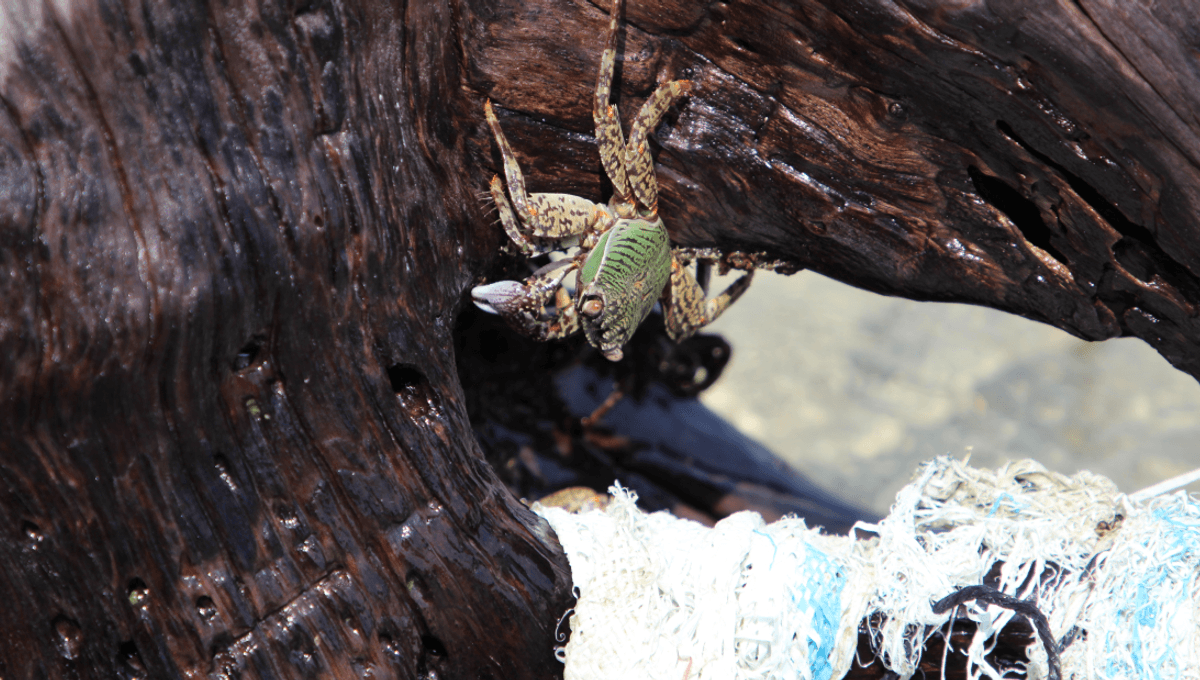
Marine species that normally live in coastal environments may be becoming a permanent fixture of the open ocean as a new type of habitat is becoming increasingly ubiquitous: floating islands of human trash. Perhaps one of the most famous of these islands is the Great Pacific Garbage Patch, where researchers recently discovered that coastal species are living and reproducing among the trash,
The Great Pacific Garbage Patch, a collection of floating trash about twice the size of Texas, is considered the scourge of humans’ influence on our oceans. However, 2022 research found that the mound of trash also represented a significant ecosystem, home to obligate neuston animals like slime-rafting snails and predatory blue dragons, as well as insects and airborne predators.
Now it seems that coastal communities can also be added to the list of animals living it up on floating trash islands, as a new paper has concluded that there’s sufficient evidence to believe species that are normally limited to coastlines are thriving in ecosystems like the Great Pacific Garbage Patch.
Rafts occur naturally at sea in the form of fallen vegetation like logs, but typically break up before long. Garbage islands like the behemoth that was created by littering humans and the North Pacific Subtropical Gyre do not follow suit, however, enduring for years and traveling thousands of miles.
Collecting samples of trash islands revealed that 70.5 percent of debris was home to living coastal species, including 484 different marine invertebrate organisms – 80 percent of which aren’t normally found in the open ocean. Rope was the most popular floating real estate, home to mollusks, arthropods, and crustaceans.
Since these species that are typically constrained to coastlines are now living and reproducing on floating islands of enduring trash, it’s likely they will begin to expand in a way that wasn’t possible before humans filled the seas with rubbish. The researchers therefore suggest that islands like the Great Pacific Garbage Patch represent a new type of ecosystem they’re coining “neopelagic communities”, made possible by the plastisphere.
“Our results demonstrate that the oceanic environment and floating plastic habitat are clearly hospitable to coastal species,” concluded the study authors. “Coastal species with an array of life history traits can survive, reproduce, and have complex population and community structures in the open ocean.”
“The plastisphere may now provide extraordinary new opportunities for coastal species to expand populations into the open ocean and become a permanent part of the pelagic community, fundamentally altering the oceanic communities and ecosystem processes in this environment with potential implications for shifts in species dispersal and biogeography at broad spatial scales.”
The study is published in Nature Ecology & Evolution.
Source Link: Great Pacific Garbage Patch Now A Floating Love Shack For Coastal Species